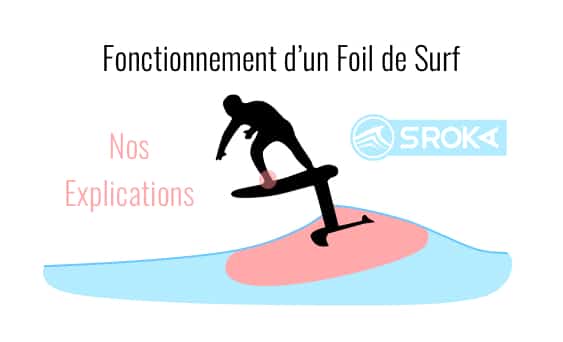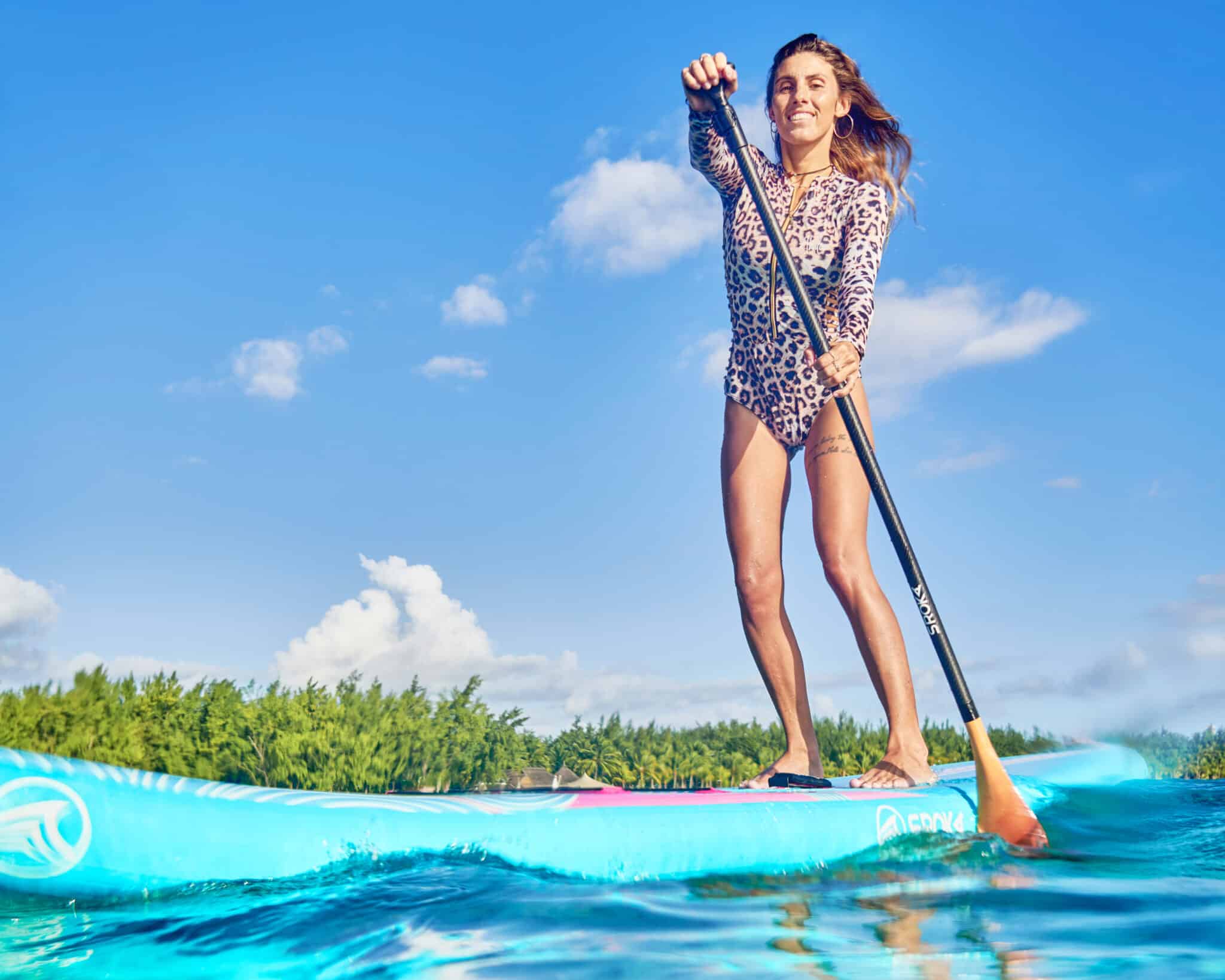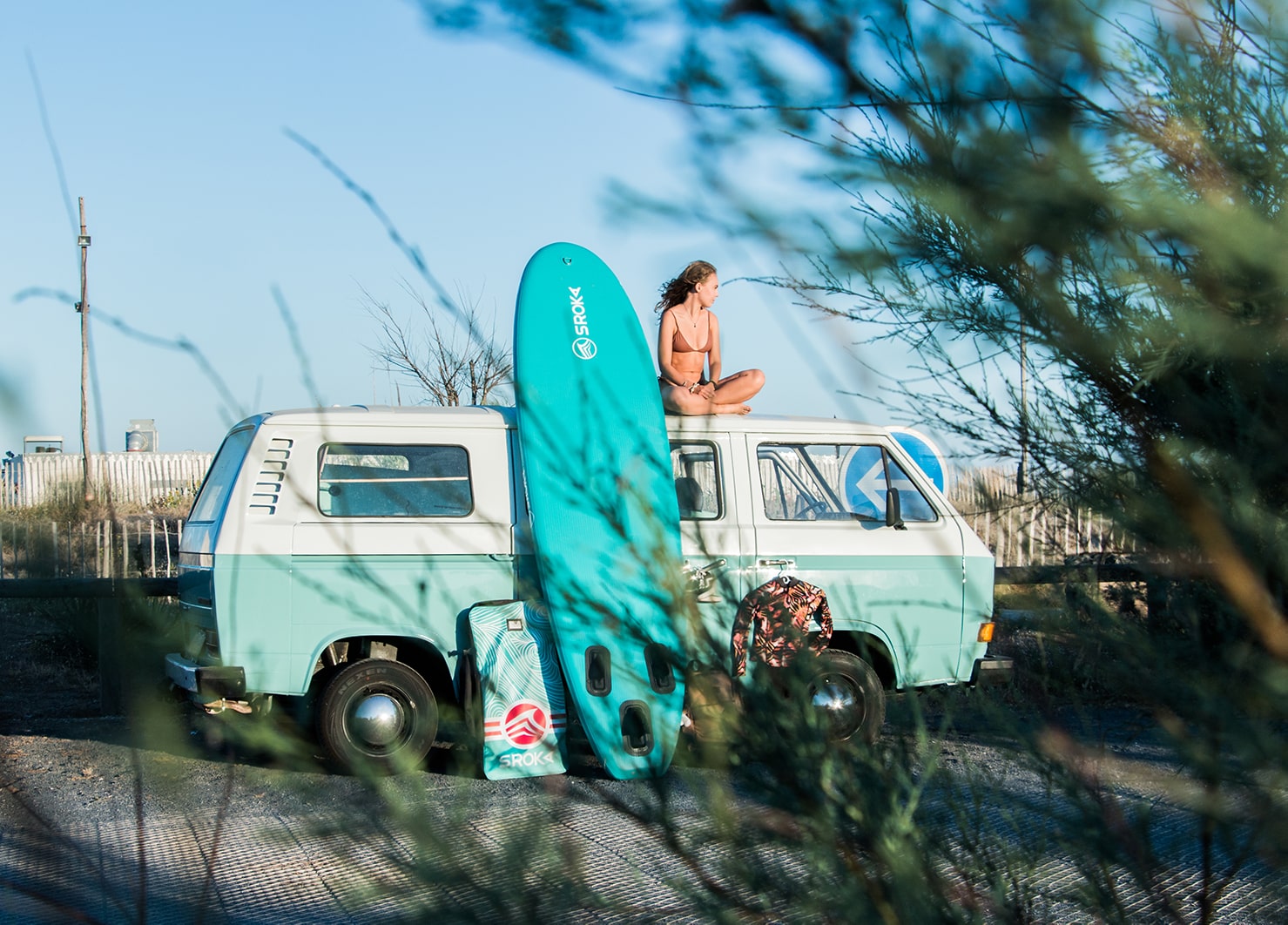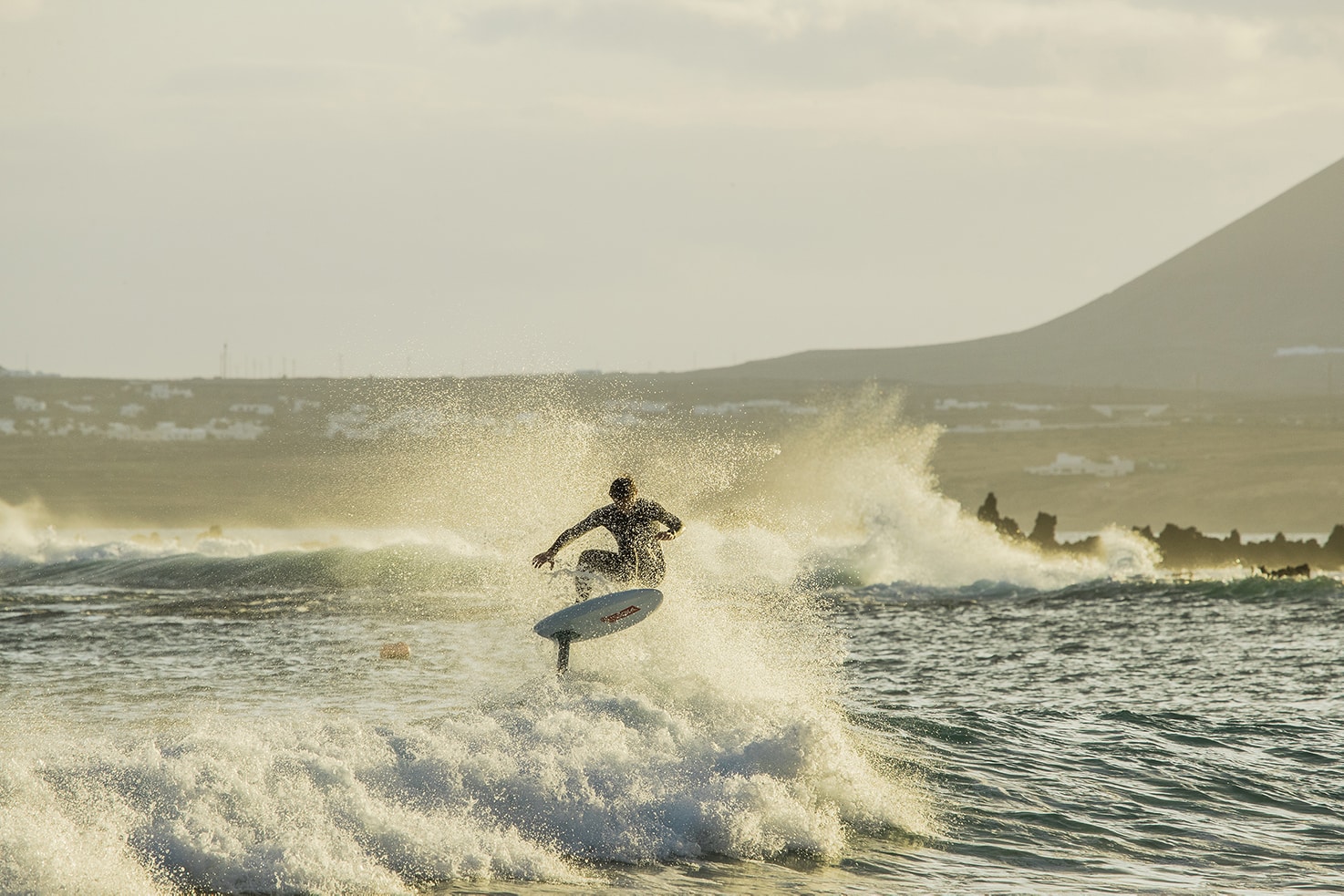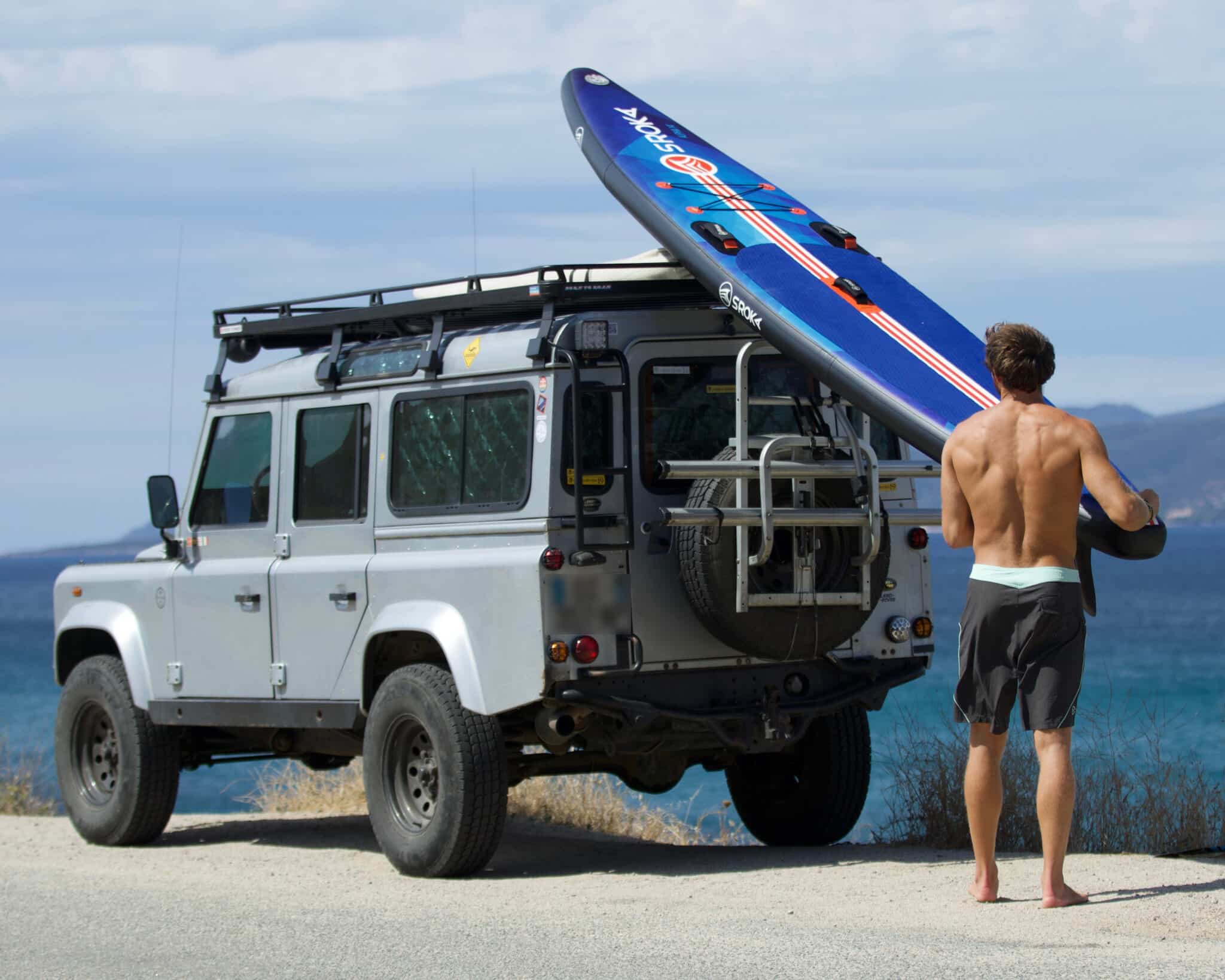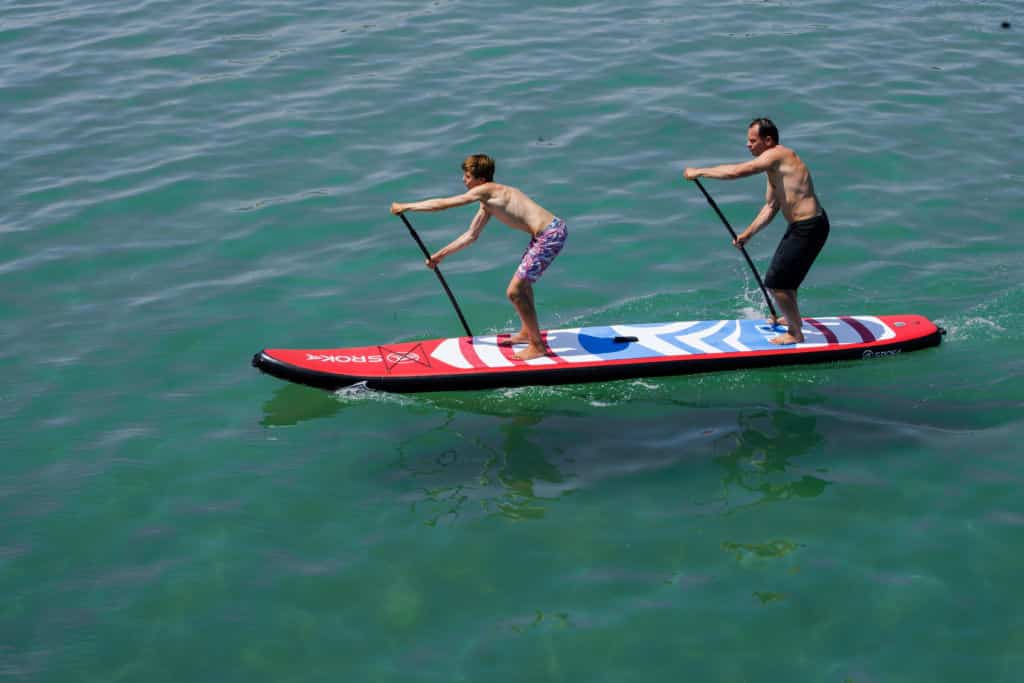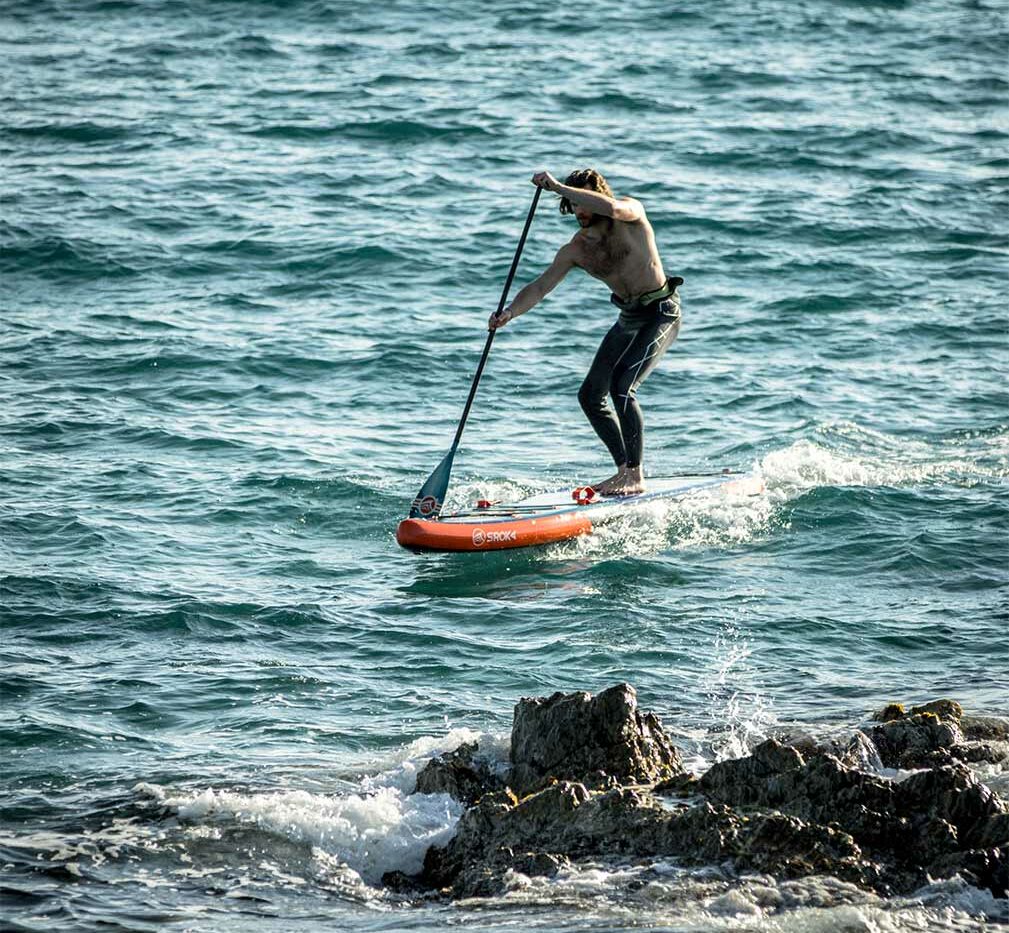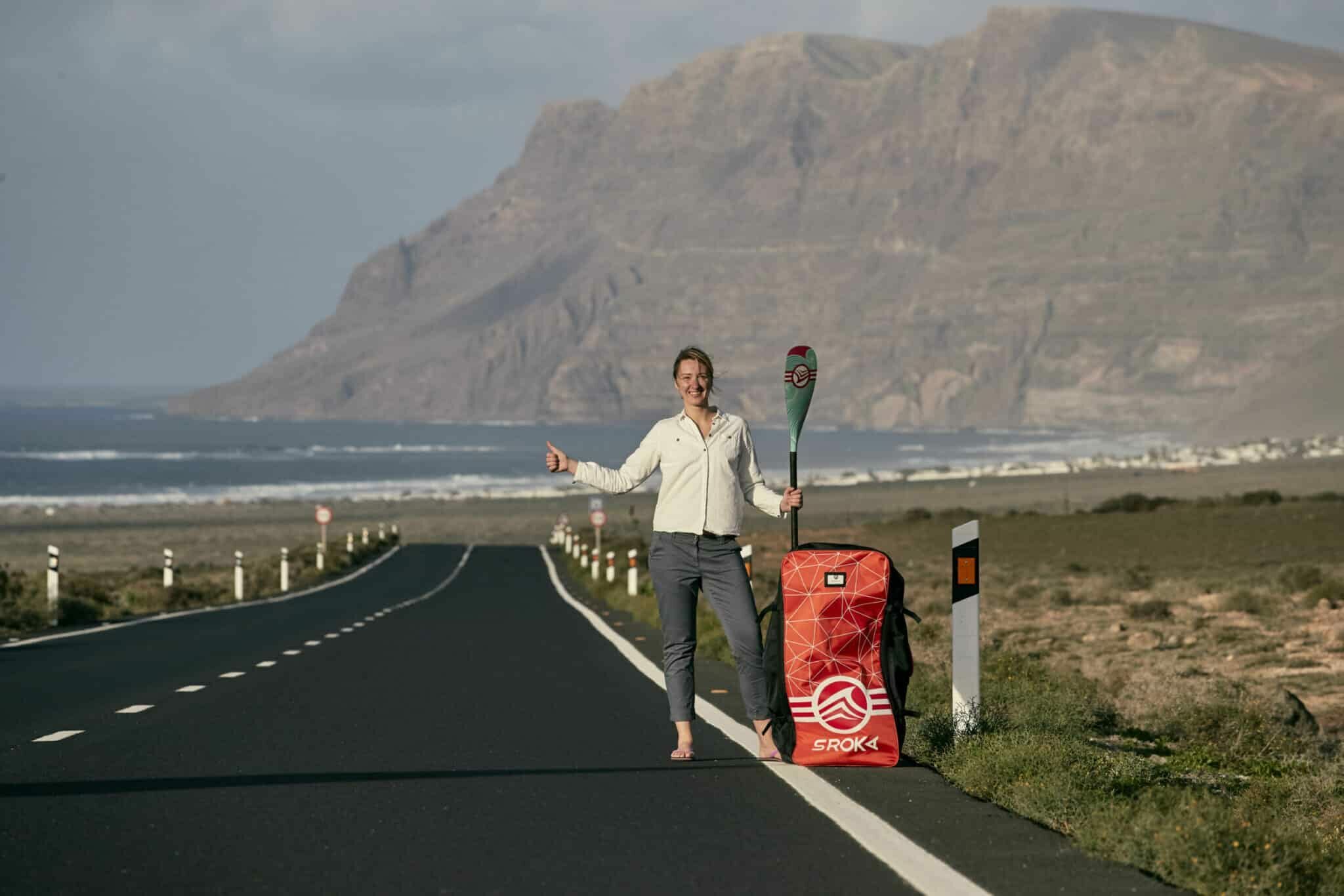 LE MAGAZINE
LE MAGAZINECan you paddle anywhere?

As the number of paddleboarders increases year on year, more and more of you want to get away from the crowds and into more remote areas. But this desire for freedom can sometimes come to an abrupt halt when you reach a spot where paddling is forbidden or impossible. So let’s take a look at what you need to know to make sure you can get your paddle on the water without getting into trouble.

The different types of paddle
There are many different types of inflatable SUP (Stand up paddle), which can be used in a wide variety of situations. This variety brings its own specific features to the models you choose, to adapt them to each practice.
Paddle surfing
paddle surf, also known as paddleboard surfing, is a variant of SUP that is practiced specifically in waves. Paddleboarders use a shorter, more manoeuvrable board, such as our Wave 9’5, to surf the waves while paddling.
Paddle fitness
Paddle fitness is a fitness and muscle-building discipline. It combines fitness exercises such as yoga or Pilates with stand-up paddleboarding. Participants perform specific movements and exercises on their boards, adding a dimension of stability and muscle strengthening to their workout. (Please note that an anchor is required for immobilization).
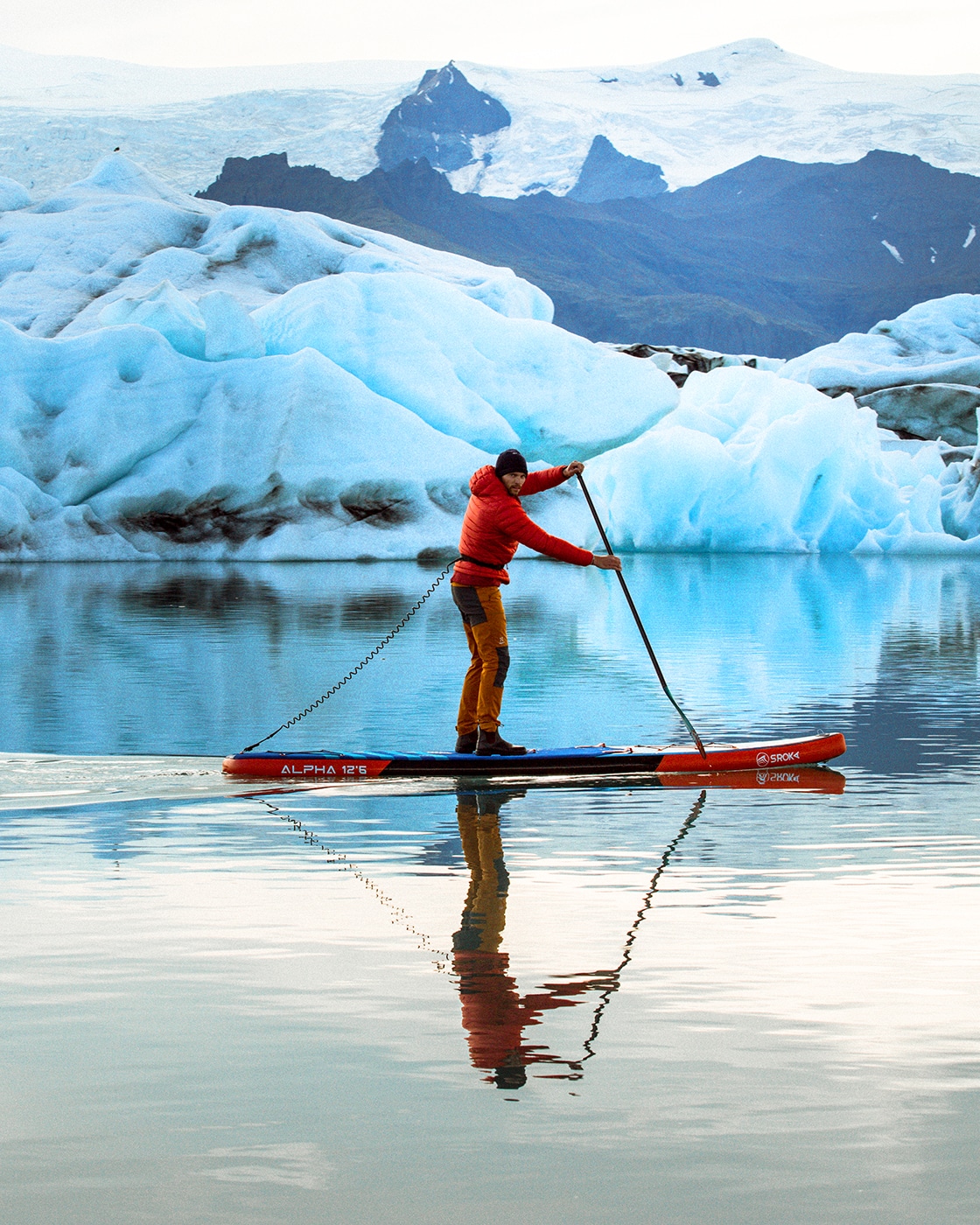
Whitewater paddling
Whitewater paddling is a more extreme discipline, involving the navigation of rivers and rapids. Participants must be experienced and have good control of their board and paddle to cope with currents, rocks and other obstacles encountered in whitewater.
Paddle touring
Paddle touring is a discipline that lets you explore longer distances on the water, using a board specially designed for greater stability and glide. Paddle tourers can discover new landscapes, explore peaceful coasts and lakes, and enjoy nature at the same time.
Paddle race
Performance in its purest form, the aim here is to glide, without compromise. The result is a paddle that’s often unstable, but with exceptional glide that allows you to cover long distances at high speeds without effort. They are generally less than 27 inches wide and more than 13 or 14 feet long. Our Alpha 14X27 is an efficient race paddle.
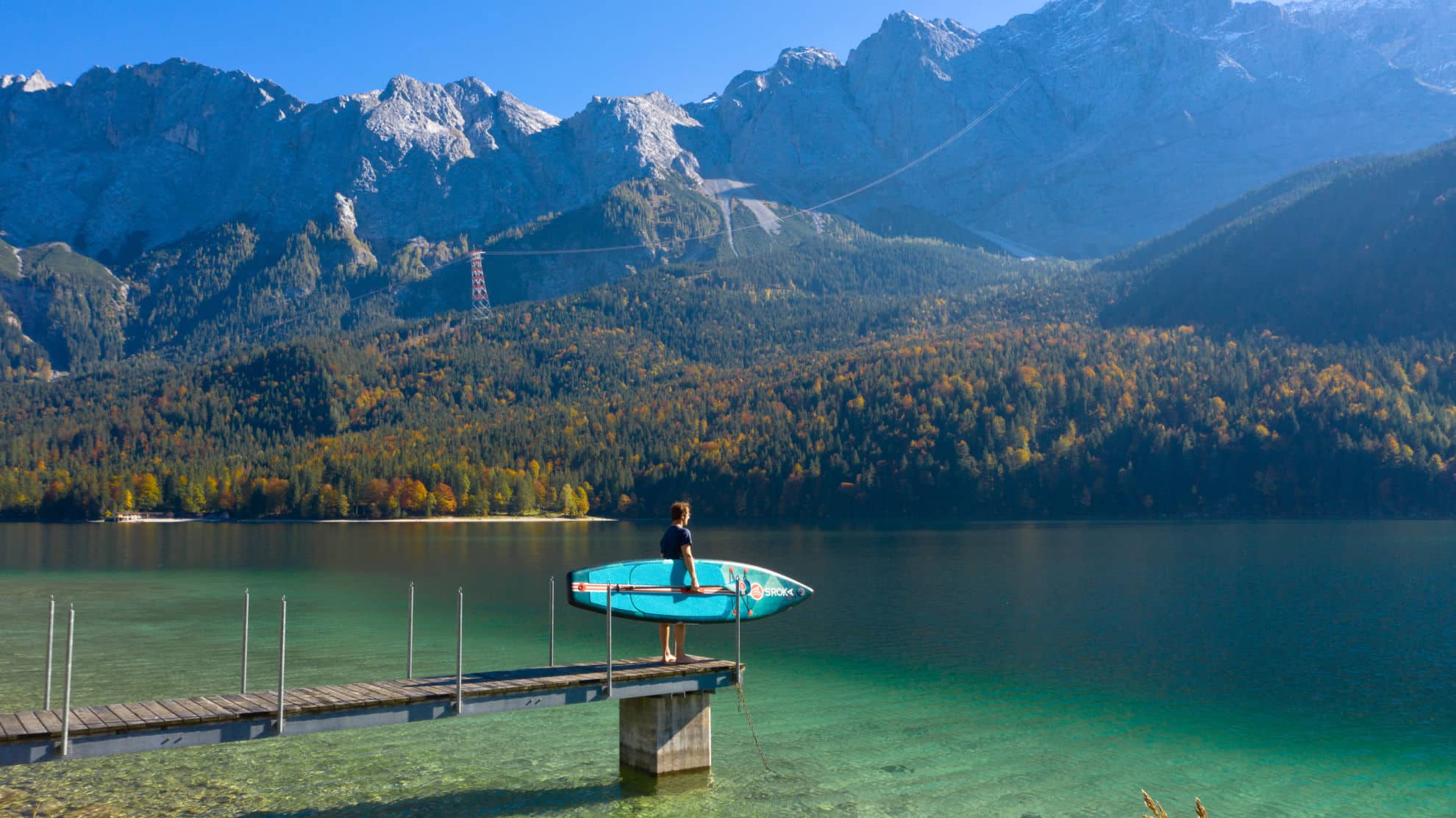
Places to paddle
Lakes and ponds
Lakes and ponds offer many advantages for freshwater paddling. Here are a few of those advantages and some recommendations for making the most of your paddling experience in these environments:
- Stability: The calm waters of lakes and ponds offer extra stability, ideal for beginners or those seeking a more leisurely approach.
- Easy access: Lakes and ponds are often easily accessible, whether in parks, nature reserves or recreational areas, making paddling more convenient and accessible for everyone.
- Picturesque landscapes: Lakes and ponds often offer magnificent landscapes with lush green surroundings, mountains or forests, making the paddling experience even more enjoyable.
- Biodiversity: These environments are often rich in biodiversity, offering paddleboarders the chance to discover a variety of birds, fish and other aquatic animals while paddling.

For freshwater paddling, here are a few recommendations:
- Check local regulations: Before you set out, make sure you know the rules and regulations governing the use of lakes and ponds in your area. Some areas may have specific restrictions on boating activities.
- Equip yourself properly: Make sure you have the right equipment for freshwater paddling, including a suitable board, a quality paddle, a lifejacket and any other necessary safety gear.
- Respect the environment: Keep in mind that lakes and ponds are fragile ecosystems. Respect local flora and fauna, avoid disturbing natural habitats and don’t leave litter behind.
- Be aware of other users: In frequented areas, there may be other people practicing other water activities. Be aware of their presence, respect their space and follow the rules of courtesy on the water.
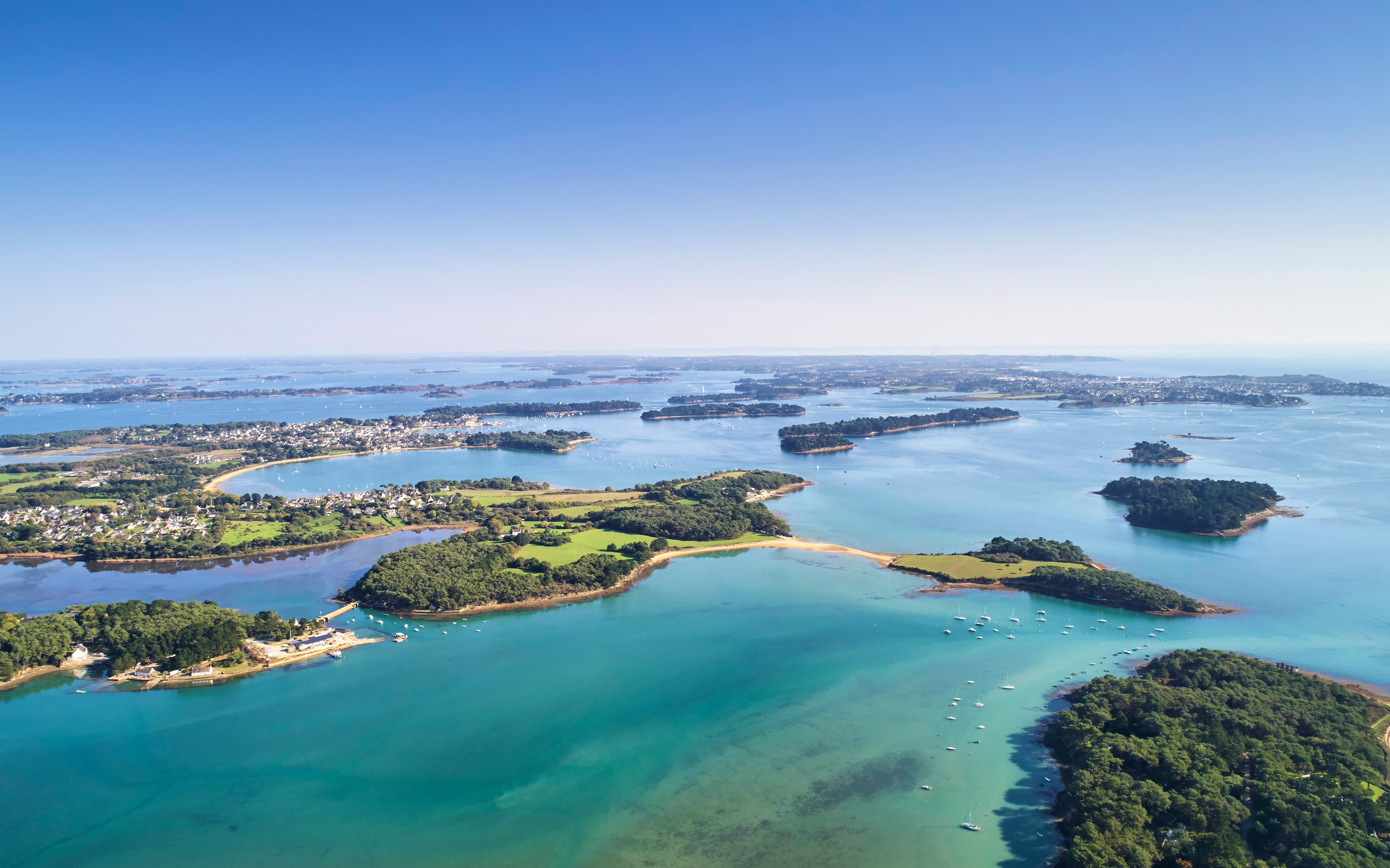
Rivers
Navigating rivers when paddling can be an exciting experience, but it also requires you to take certain precautions and follow a few tips to ensure your safety. Here are a few recommendations for navigating rivers and streams:
- Know your skill level: Rivers can have stronger currents and more variable conditions than lakes or ponds. It’s important to know your skill level and make sure you’re comfortable with the specific conditions of a river before you set out.
- Find out about the river: Find out about the river you want to explore. Find out about water levels, rapids, potential obstacles and access points. Consult local guides, specialized websites or talk to experts for precise information.
- Equip yourself properly: Make sure you have the right equipment for whitewater boating. Use a rigid, sturdy board, wear a life jacket, a leash to tie your board to your ankle and a helmet if necessary.
- Learn whitewater navigation techniques: Take the time to familiarize yourself with whitewater navigation techniques, such as reading currents, paddling techniques adapted to rapids and recovery methods in the event of a fall. Taking courses or hiring an experienced guide can be beneficial in learning these skills.
- Evaluate weather conditions: Pay close attention to weather conditions before venturing out on a river. Recent rains may cause higher water levels and stronger currents. Avoid boating in thunderstorms or when hazardous weather conditions are forecast.
- Sailing in a group: It’s a good idea to sail in a group when exploring rivers. Having other people nearby can help you in times of need and increase your overall safety.
- Respect the environment: When navigating waterways, be sure to respect the natural environment. Avoid disturbing local flora and fauna, take your garbage with you and follow the conservation rules in place.

Seas and oceans
The coasts and seas offer ideal conditions for practicing paddle surf, a discipline that consists of surfing the waves while using a paddle board. Here are a few ideal conditions for paddle surf by the sea:
- Waves: The coasts and seas offer a variety of waves, giving surfers paddle surf a unique surfing experience. Waves can vary in size and power, offering surfers a wide variety of conditions in which to practice their discipline.
- Ocean currents: Ocean currents can play an important role at paddle surf. Currents can create more powerful waves and influence the direction of the paddle. It’s important to understand and take account of ocean currents before you set out.
- Coastal landscapes: The coasts and seas offer magnificent coastal landscapes. Lovers of paddle surf can enjoy the beauty of the ocean, beaches, cliffs and rock formations while practicing their discipline.
However, it is important to take certain precautions when practising paddle surf by the sea:
- Safety at sea: Before you set out, make sure you know the rules of safety at sea and are familiar with the specific conditions of the beach where you plan to surf. Find out about currents, tides and prohibited areas.
- Proper equipment: Use a board from paddle surf suitable for waves like our Wave 9’5 and ocean conditions. Wear a leash to attach your board to your ankle and make sure you wear a lifejacket for your safety.
- Skill assessment: paddle surf is a more advanced discipline that requires a certain mastery of waves and surfing techniques. Make sure you have the necessary skills before venturing into more challenging conditions.
- Respect other surfers: When surfing at paddle surf, it’s important to respect the rules of priority and courtesy towards other surfers and users. Share the waves fairly and avoid dangerous or disrespectful behavior.
- Weather monitoring: Pay close attention to weather conditions, including wind, swell and tide forecasts.
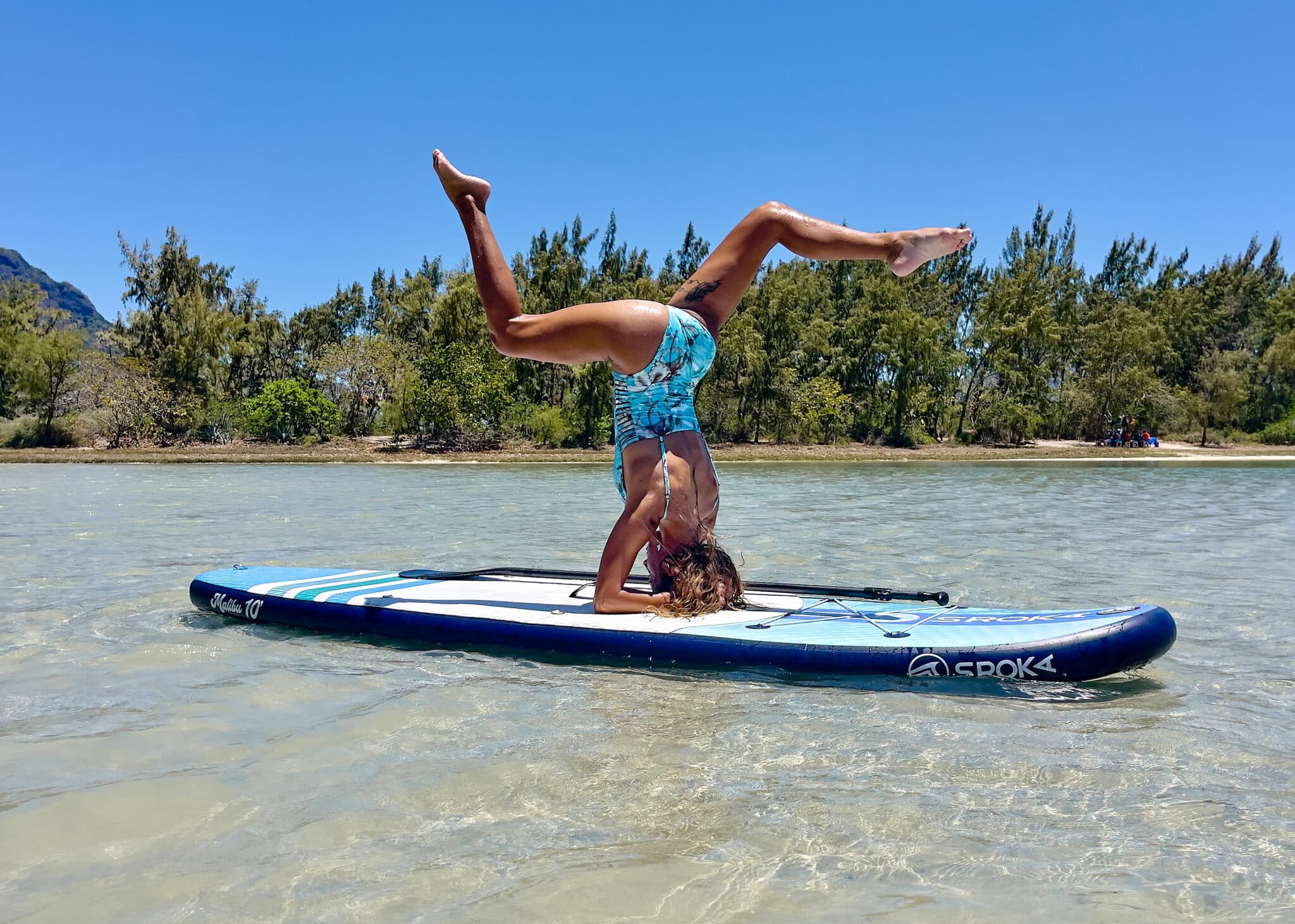
Restrictions and regulations
- We practice sports that need to respect their environment as much as possible in order to be viable and maintain pleasant playing areas full of life. Be a good citizen and avoid disturbing species or littering. What’s more, certain areas are restricted for ecological reasons, so find out about local regulations before taking the plunge.
- Respect for other users is a priority, so your Sunday or vacation paddle outing doesn’t have to turn into a drama. To achieve this, it goes without saying that you must respect the rules in place on the spots. Most beaches have a 300-meter bathing zone in which boating is prohibited, so you’ll have to use the channels to get out of this zone and away from it. Aside from the self-evident rules of courtesy, it’s customary for the more experienced skipper to make maneuvering easier for the beginner.
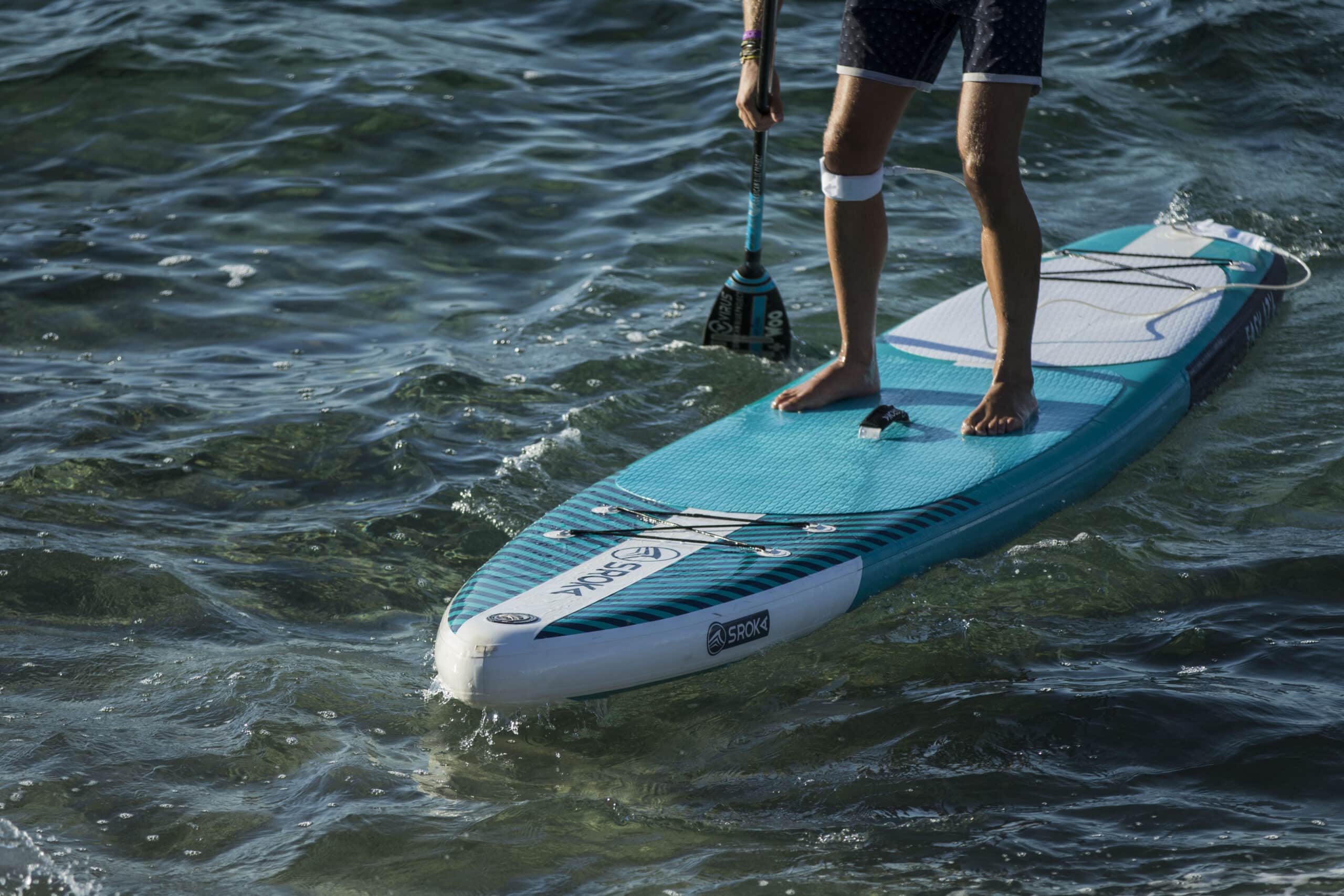
Factors to consider
- Weather: Although it may seem obvious, too many people have trouble estimating wind and sea conditions when they’re ashore. If you’re in any doubt that the weather conditions are dangerous (temperature, wind, wind direction…), ask the locals for advice, or refrain.
- Sea conditions, currents, chop, swells and other elements of water conditions can be dangerous or inappropriate.
Conclusion
So, can you paddle anywhere? Well, yes, practically, but it’s important to pay attention to the surrounding factors to avoid trouble and bad experiences. Bear in mind that if you’re out here, you’re probably only out for leisure, so there’s no reason to take any risks. Keep your wits about you as you set out to discover the places that are close to your heart.
Finally, take a look at our paddle buying guide to help you choose the right equipment.
If you have any further questions, or if you have any other requests, please don’t hesitate to contact us!
 Le Magazine
Le Magazine



